Colombian Coffee Bean Variety Origin Story Colombian Coffee Flavor characteristics Grade Classification
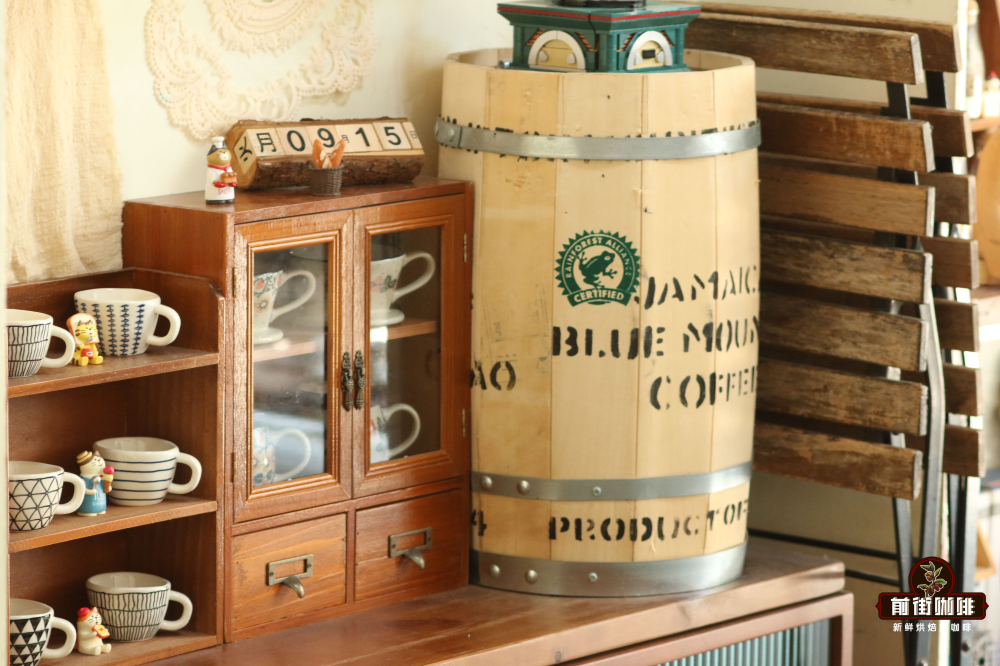
Coffee has become a daily drink, and while enjoying a cup of sour, sweet and bitter liquid in the morning, coffee users begin to notice that coffee tastes different in different producing areas. Brazilian coffee is soft and smooth, Ethiopian coffee is sour and bright, Indonesian coffee is low acidity and mellow. Qianjie Coffee has met many elderly coffee lovers who prefer the classic Colombian coffee beans with dark chocolate flavor to the popular fruit bomb flavor.
History of Colombian Coffee
Despite its small size, Colombia is a big coffee producer, second only to neighboring Brazil in terms of Arabica coffee beans. However, like many American coffee-producing countries, coffee, an economic crop that originated in Ethiopia, had no habitat before Europeans set foot on the land.
It is said that coffee cultivation in Colombia dates back to the early 18th century, when coffee seeds or saplings entered the land of Colombia with the ships of a group of Spanish Jesuit priests. In a book documenting the flow of the Orinoco River in Venezuela and Colombia, a Spanish missionary named Jose Gumira wrote exactly that he saw coffee plantations along the river in 1730.
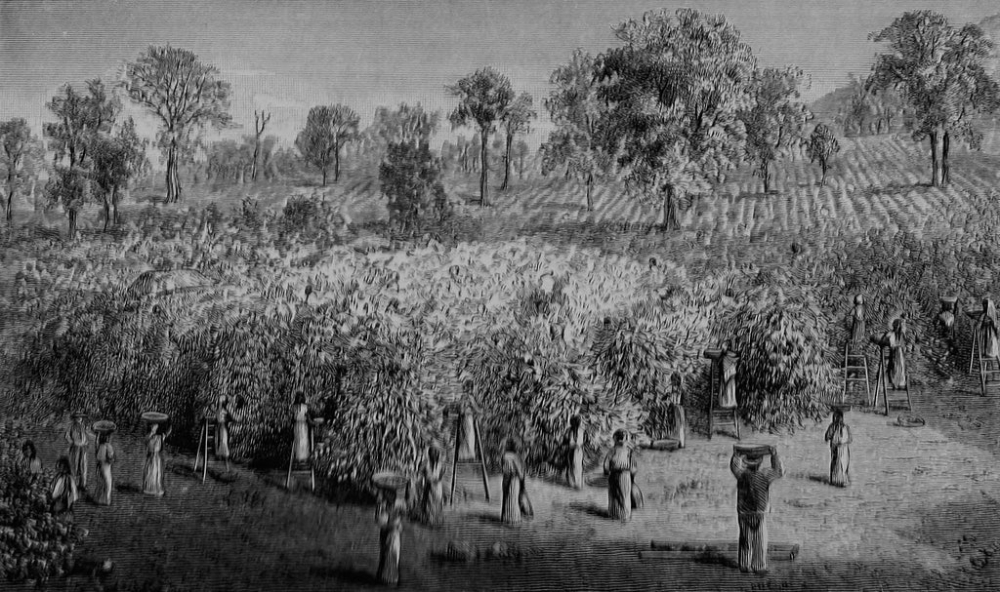
This proves from the side that Colombia began to grow coffee long before 1730.
With the large-scale cultivation of coffee in Colombia, coffee became Colombia's main foreign exchange export at the end of the 19th century. However, the four-year "Thousand Day War" at the end of the 19th century caused heavy losses, a sharp decline in population, land and economic stagnation.
A large number of large coffee plantations could not be maintained and even became a wasteland for a time. In order to save the coffee industry, the Colombian government integrated the wasteland and divided it into small planting units, which were sold to landless farmers at very low prices. Farmers can grow coffee and other crops on these lands.
National Association of Coffee growers of Colombia
Colombia's coffee industry, dominated by its small coffee farms, is regarded as a new and flexible industrial model. Under the influence of international coffee prices at that time, Colombian coffee showed great potential for growth. However, Colombian coffee did not play an important role in the global market at that time.
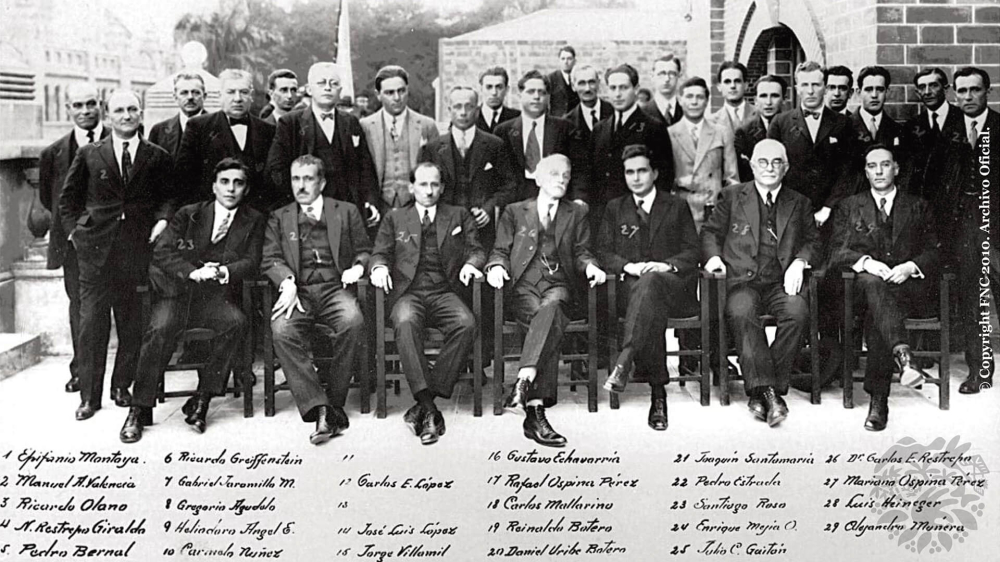
In order to change this situation, coffee growers in Colombia organized a "coffee producer organization" in 1904 to manage the domestic market. Until 1920, a coffee grower took the lead in promoting the formation of the Colombian Coffee Union to protect the interests of many small coffee farms. This organization subsequently grew and developed, and in 1927 formally established a more authoritative and large-scale organization, FNC.
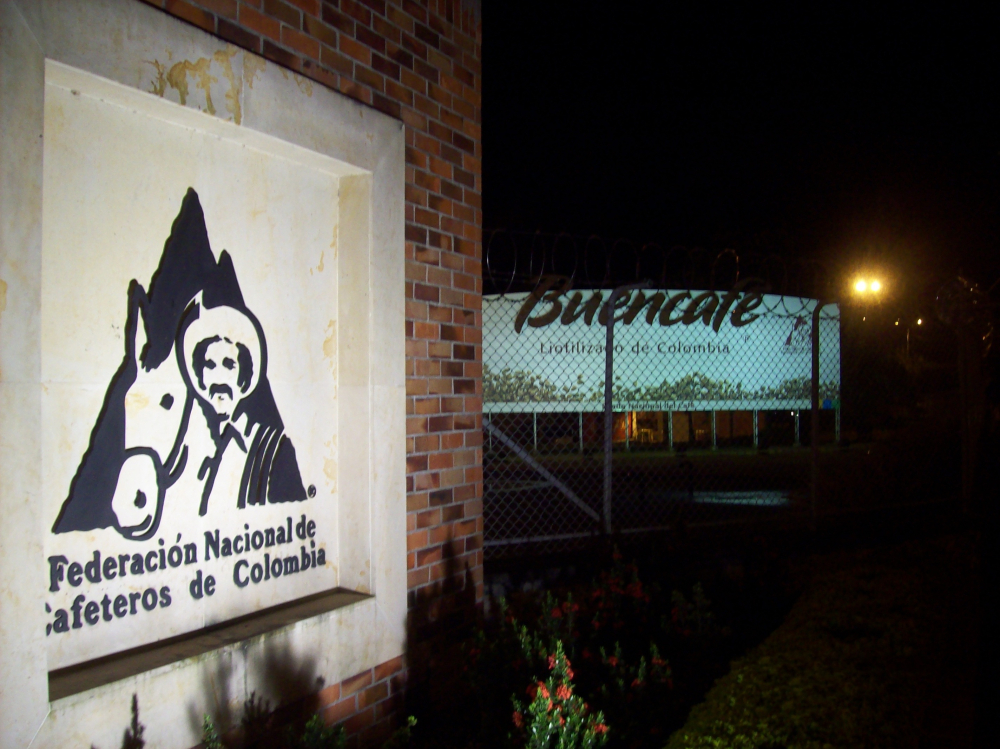
FNC was established to protect the interests of coffee growers. Over the next few years, Colombia, as a coffee producer, became the world's third largest coffee exporter with the help of FNC.
As one of the classic coffee producing countries, Colombia not only has its unique area on the bean list marked with half a hundred coffee beans in front street coffee, but also has been selected into the rations bean series of front street coffee.
Qianjie Coffee rations Bean Series covers seven classic coffee producing areas. Although it does not come from a well-known coffee estate, it enables coffee rookies to taste the main flavors of major producing areas at affordable prices, so as to know their favorite producing areas.

After many cup tests and comparisons of coffee beans from different varieties, treatments and producing areas in Qianjie, it is found that the washed coffee beans can better reflect the main flavor of a producing area, while the sun-treated coffee beans have stronger aroma and sweetness on the basis of washing.
Therefore, the rations bean series of Qianjie coffee basically adopts the method of washing in order to show the most basic flavor of the producing area. A Colombian rations bean of Qianjie Coffee is produced in the famous Huilan area. The washing method exposes its original soil, showing a strong dark chocolate flavor and soft fruit acidity.
In addition to Colombian coffee, which has a more traditional chocolate flavor, Qianjie Coffee is very sensitive to the fourth wave of boutique coffee that is popular today. More and more coffee lovers are not only concerned about fruit bomb-flavored coffee beans, but also have a better understanding of the varieties of coffee beans and the post-treatment of raw coffee beans.
Among them, Colombian Paradise Manor coffee beans have attracted much attention because they were used by Luckin Coffee to launch the SOE series. Paradise Manor, as one of the well-known coffee farms in Colombia, has long been able to find it on the bean shelves of coffee in front street.

Paradise Manor comes from the Cauca producing area, which is a coffee-producing area certified by Colombian origin, with an average elevation of more than 1700 meters and a maximum elevation of 2100 meters. Qianjie coffee has a wide variety of coffee beans, and Qianjie has chosen that the temperature difference between day and night in this area is much larger than that in other producing areas, and it takes more time for coffee fruit to grow. After absorbing more nutrients from the soil, it has created a situation in which Coca Coffee is sour and sweeter.
Diego Samuel, the owner of Paradise Manor, studied coffee in college until 2008, when he took over the breezy Paradise Manor and worked hard to manage this unique land. In 2015, Paradise Manor topped the list in the local coffee cup test competition, which further stimulated the owner's desire for coffee cultivation and technological innovation.
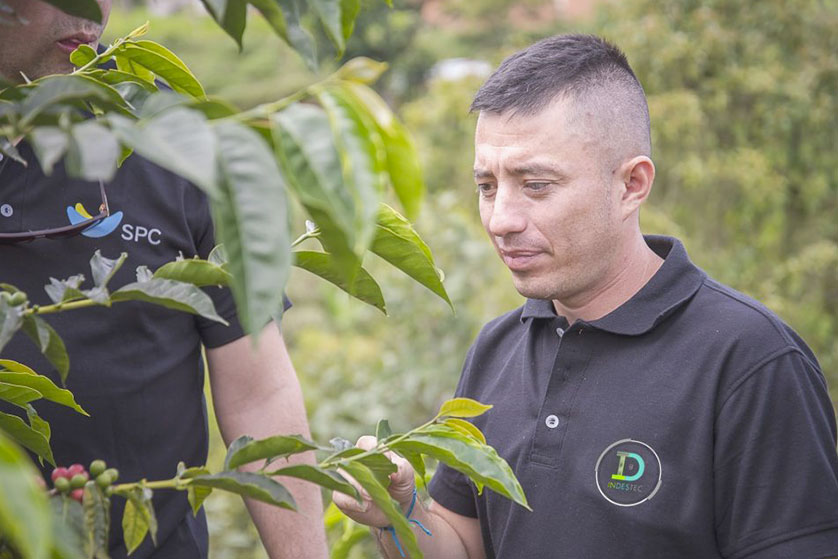
With a firm belief, Diego led Paradise Manor to win many awards and let the name of Paradise Manor be engraved on the podium of one competition after another, making Paradise Manor famous. Diego continues to improve and innovate on the way to improve and stabilize the quality of coffee beans. Today, Bourbon, Laurina, Rosa, Castillo and other coffee beans are grown in Paradise Manor, and more varieties are planned to be tried.
A Paradise Manor coffee bean from Qianjie is called Cherry Blossom, which is a Castillo variety and uses double anaerobic washing treatment. The complete coffee fruit is first subjected to anaerobic fermentation, then the peel and pulp are removed, and the second anaerobic fermentation is carried out with a sticky pectin layer. After the fermentation is completed, the pectin layer is washed, and the pectin layer is safely cleaned and then treated in the sun.
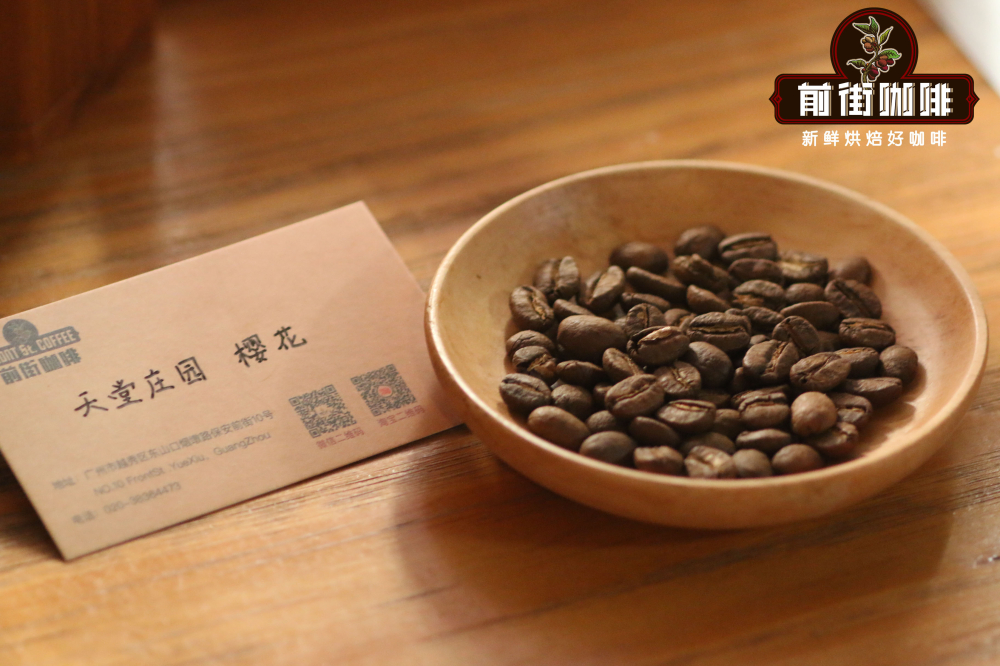
Front Street Coffee Columbia Paradise Manor Cherry Blossom Coffee beans
Producing area: Colombian cauca
Manor: Paradise Manor
Altitude: 2050 m
Variety: Castillo
Treatment method: double anaerobic washing treatment
The cup test of this Colombian cherry blossom coffee bean on the front street found that after this treatment, the coffee flavor is fuller, with strong fruit sweetness and fermentation, and the taste is thicker.
In order to highlight the unique sweetness of this coffee bean and give it a thicker taste, the roaster of Qianjie coffee used a moderate roasting degree when making the roasting curve.

When cooking this coffee bean, Qianjie recommends the following parameters:
Filter cup: Hario V60
Water temperature: 90 degrees Celsius
Amount of powder: 15g
Ratio of powder to water: 1:15
Grinding degree: the pass rate of Chinese standard No. 20 screen is 80%.
Qianjie coffee is freshly roasted within 5 days of shipment. after baking, the coffee bean contains sufficient carbon dioxide gas, which will inhibit hot water from entering the internal structure and extract flavor substances during brewing. Therefore, Qianjie suggests steaming during cooking to promote the discharge of gas. The time of steaming is generally controlled at about 30 seconds, and the specific situation should be based on the state of steaming "hamburger". If the "hamburger" does not obviously bulge or collapse, it can appropriately shorten the steaming time, and vice versa.
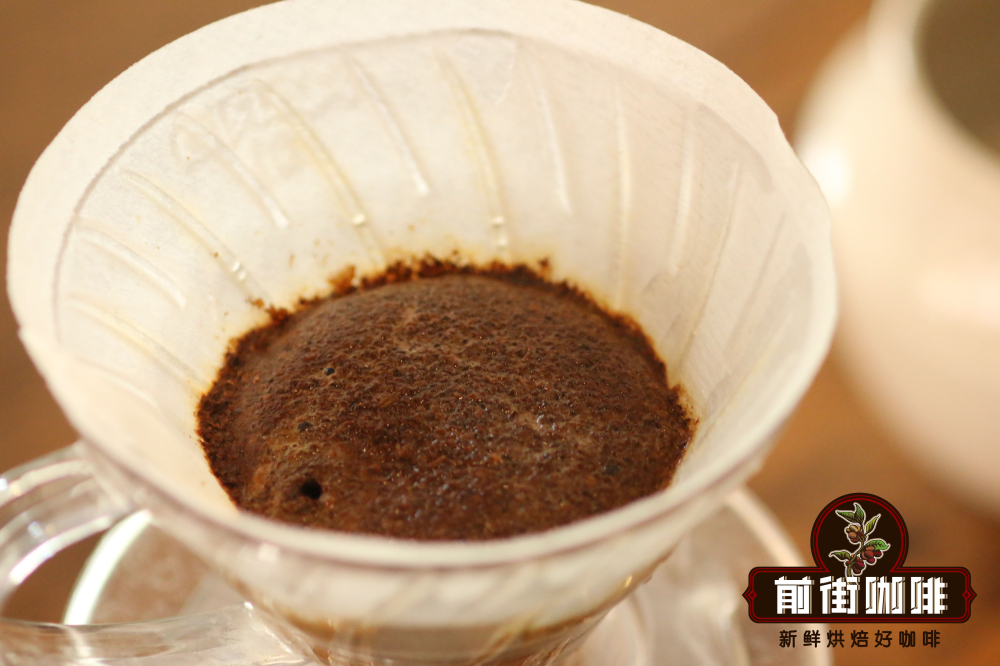
First inject 30 grams of hot water and steam for 30 seconds, inject fine water from the central point and slowly circle to 125 grams. When the water level in the filter cup is about to reveal the powder bed, continue to inject water around 225 grams, the extraction time is about 2 minutes.
Qianjie Coffee uses the cherry blossom coffee recommended by the above extraction, with aromas of basil and rosemary in the mouth and a hint of strawberry jam in the finish.
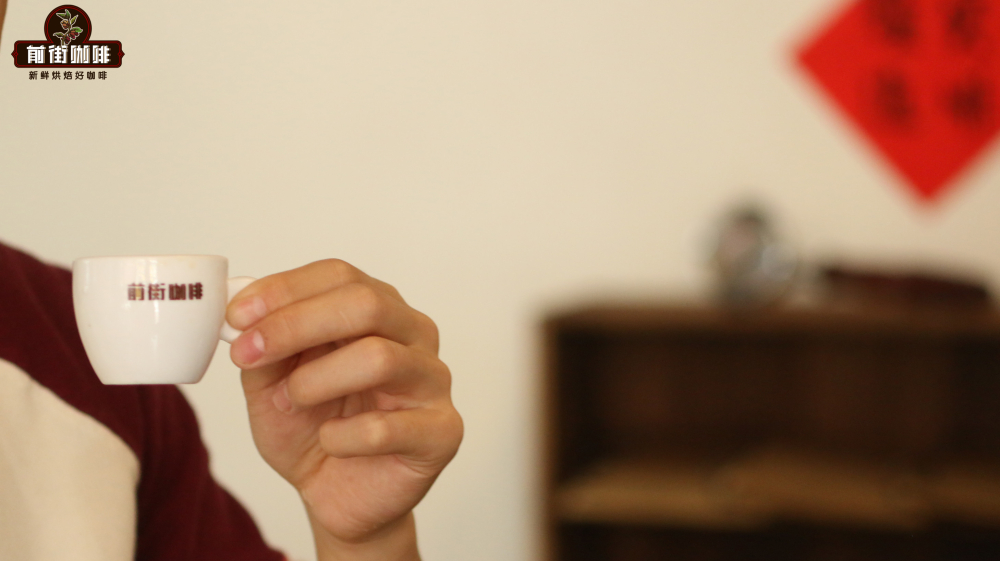
Some friends wonder why this coffee bean in Qianjie is called cherry blossom, but it has no taste of cherry blossom. This is because the owner of Paradise Manor smelled a faint aroma when naming the coffee beans, which was associated with cherry blossoms. However, the coffee finally appeared in the form of cooked beans in front of consumers, after the careful roasting of Qianjie coffee, the aroma of coffee beans showed a different performance, so there are special spice aromas such as basil and rosemary.
Professional coffee knowledge exchange more coffee bean information please follow the coffee workshop (Wechat official account cafe_style)
For more boutique coffee beans, please add private Qianjie coffee on Wechat. WeChat account: qjcoffeex
Important Notice :
前街咖啡 FrontStreet Coffee has moved to new addredd:
FrontStreet Coffee Address: 315,Donghua East Road,GuangZhou
Tel:020 38364473
- Prev
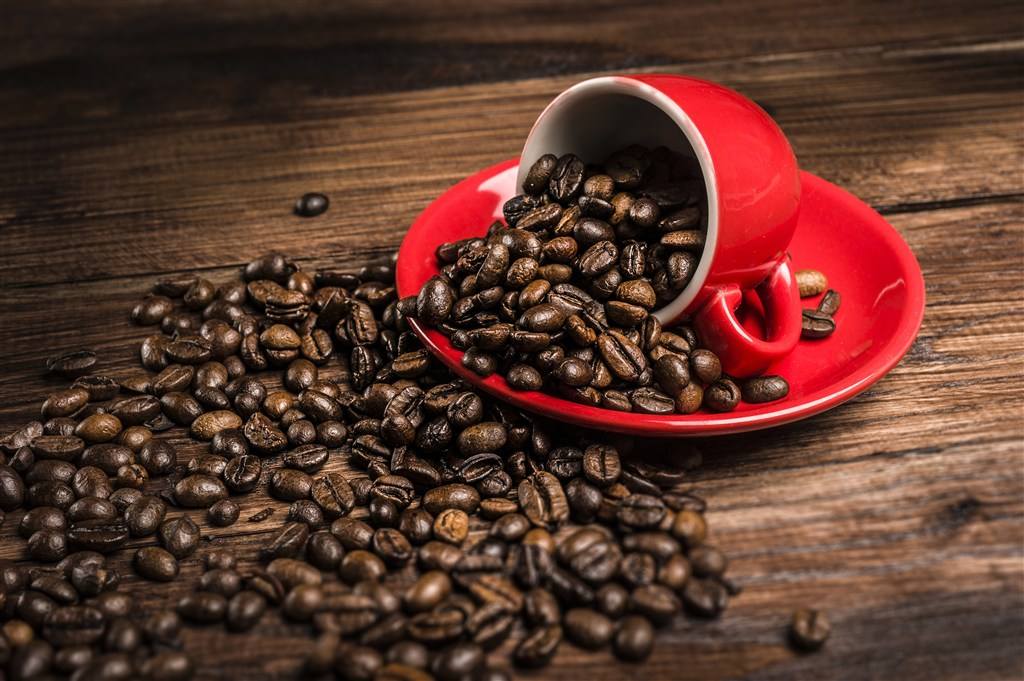
Colombian coffee bean brand, Colombian coffee bean flavor
Following Cafe Review (Wechat official account vdailycom) found that Colombian Coffee, a brand of Colombian coffee beans opened in a beautiful cafe, has a kind of bitter experience, which is as astringent as life; bitterness is painful and makes people quiet, and the last fragrance becomes a kind of spiritual victory. JUAN-VALDEZ is the largest coffee brand in Colombia and the best coffee brand in South America.
- Next
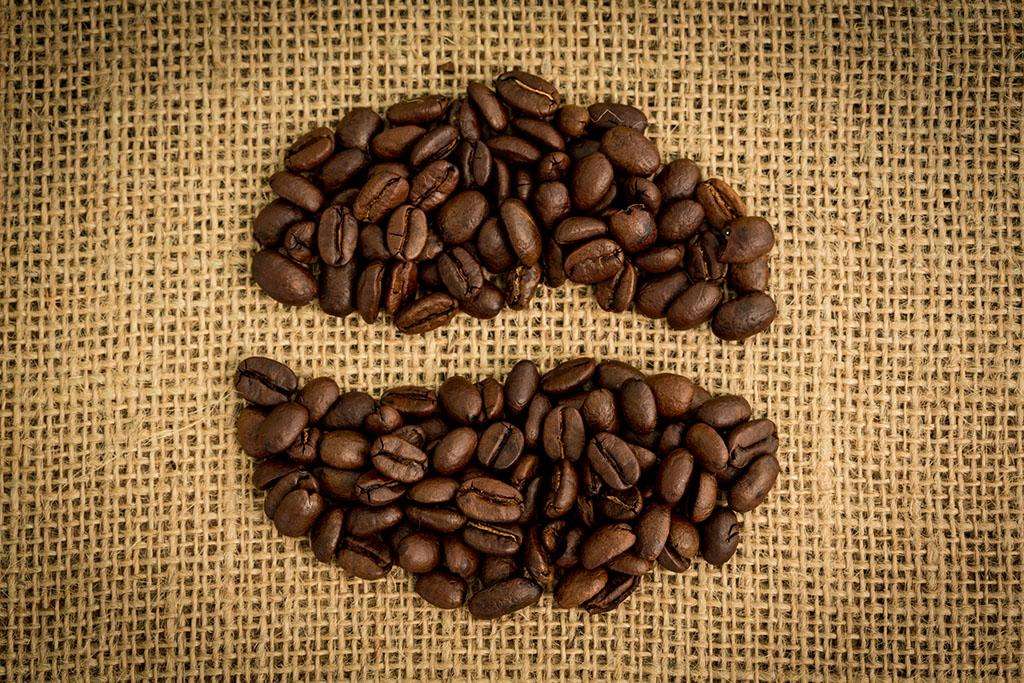
Hawaiian coffee producing area, brief introduction of Hawaiian coffee
Following Cafe (Wechat official account vdailycom) found that Fairview Cafe opened its own shop. Hawaii Coffee Bean producing area the most famous coffee bean and coffee producing area in Hawaii is Kona kona, located in the southwest of the Great Island, 20 miles long and 2 miles wide, covering the slopes of Hualalai and Mauna Loa. Only grow in this area and accept the most stringent certification
Related
- Detailed explanation of Jadeite planting Land in Panamanian Jadeite Manor introduction to the grading system of Jadeite competitive bidding, Red bid, Green bid and Rose Summer
- Story of Coffee planting in Brenka region of Costa Rica Stonehenge Manor anaerobic heavy honey treatment of flavor mouth
- What's on the barrel of Blue Mountain Coffee beans?
- Can American coffee also pull flowers? How to use hot American style to pull out a good-looking pattern?
- Can you make a cold extract with coffee beans? What is the right proportion for cold-extracted coffee formula?
- Indonesian PWN Gold Mandrine Coffee Origin Features Flavor How to Chong? Mandolin coffee is American.
- A brief introduction to the flavor characteristics of Brazilian yellow bourbon coffee beans
- What is the effect of different water quality on the flavor of cold-extracted coffee? What kind of water is best for brewing coffee?
- Why do you think of Rose Summer whenever you mention Panamanian coffee?
- Introduction to the characteristics of authentic blue mountain coffee bean producing areas? What is the CIB Coffee Authority in Jamaica?

